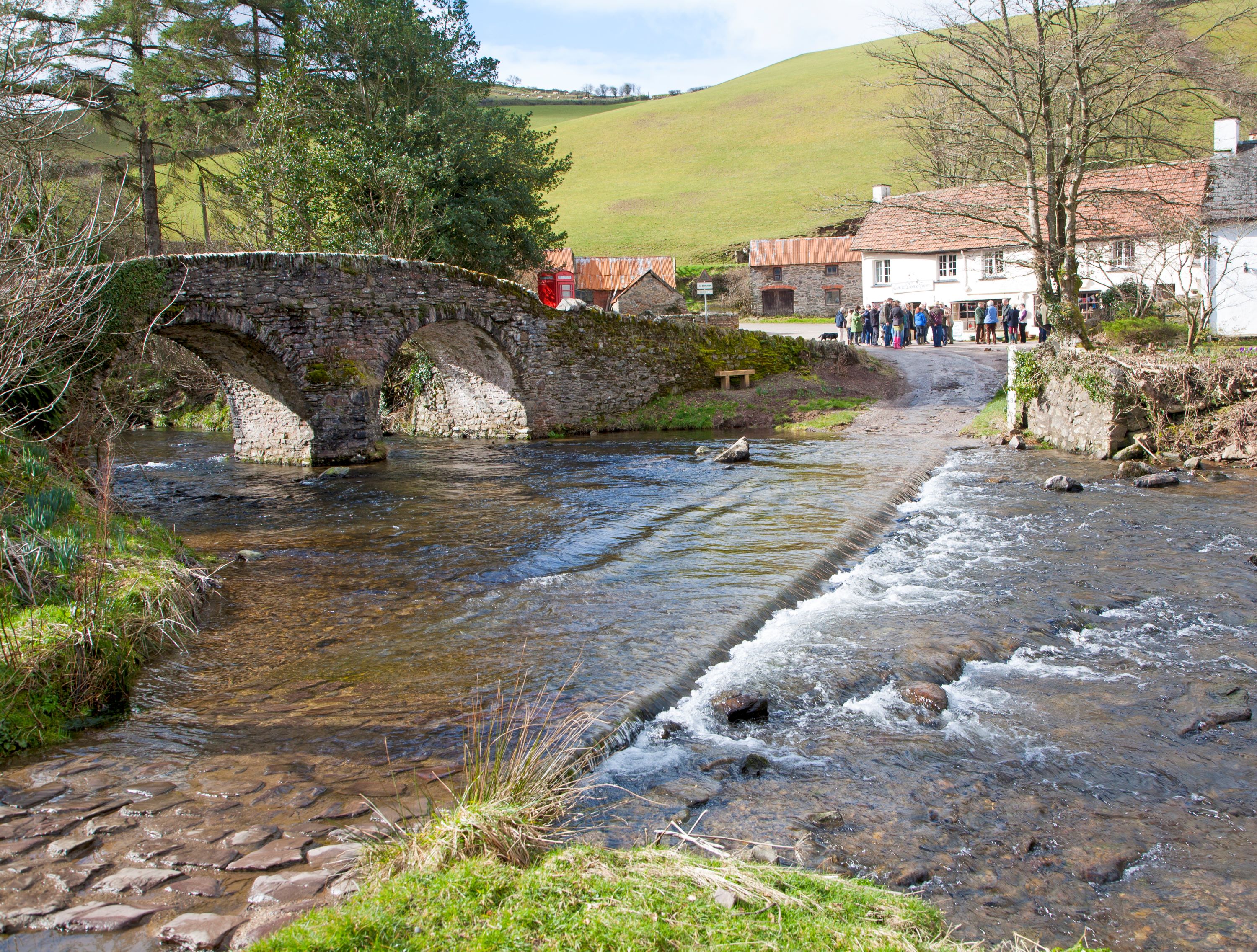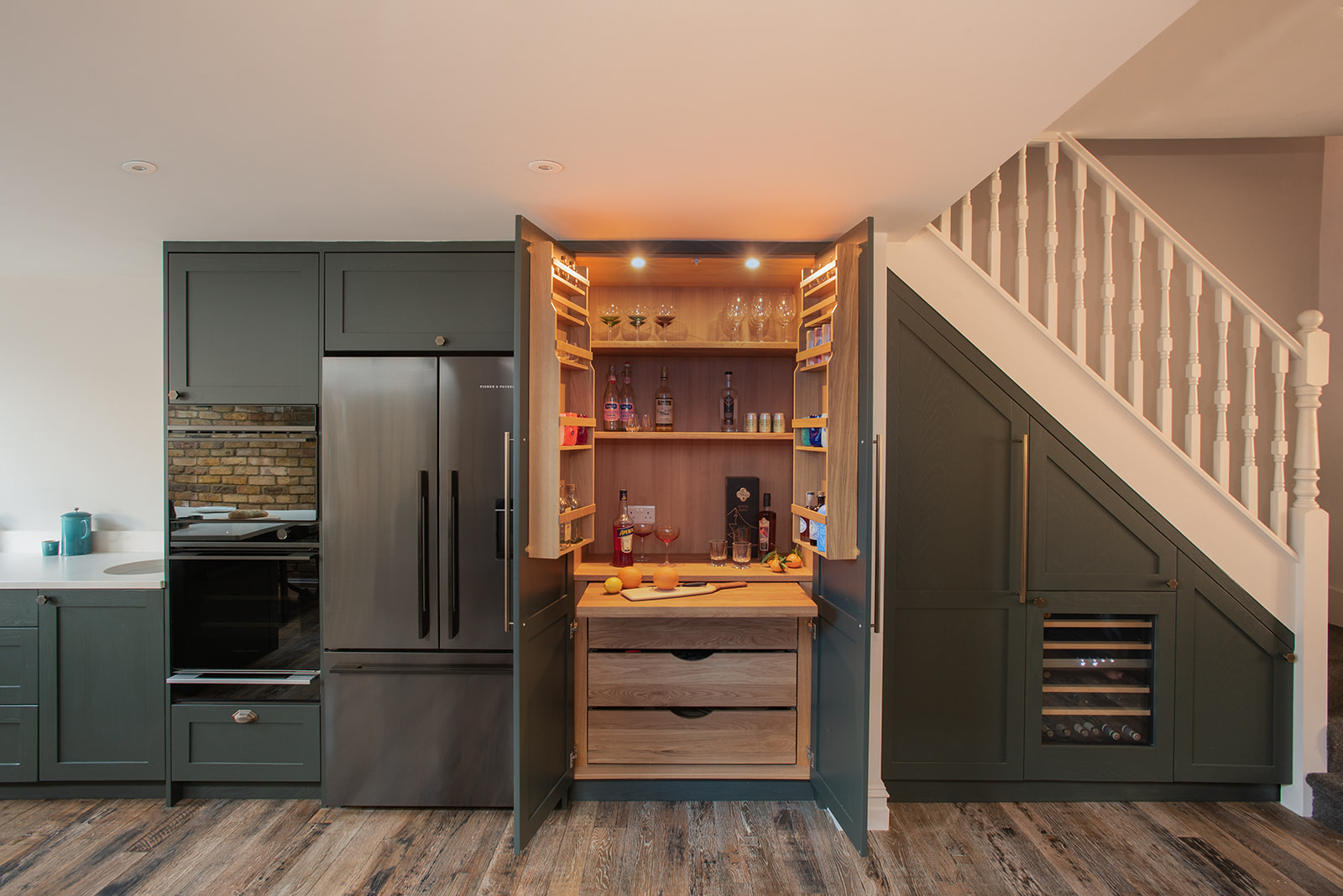
Sustainable drainage systems, often shortened to SuDs, is a term for a set of environmentally-friendly techniques that are designed to help manage and control surface water runoff, particularly in urban areas. They do not apply to foul water drainage.
Heavy downpours are becoming more common in the UK and as a result it is prudent for homeowners to be taking steps to protect their properties from flooding. Between 2009 and 2018 there was an average 5% more rain than between 1961-1990, according to the Met Office, showing just how much of a priority this is increasingly becoming.
Inadequate surface water drainage that results in discharge of water onto neighbouring properties can also cause disputes or legal issues — another reason why installing sustainable drainage systems is increasingly important. Here's everything you need to know, including what SuDS are as well as some of the main examples you might look to include in your project.
What are SuDS?
The aim of SuDS is to mimic natural water management processes by allowing water to infiltrate into the ground, evaporate away, or be stored again for later use, rather than immediately diverted into traditional drainage systems.
Property flood resilience champion Mary Long-Dhonau OBE – AKA ‘Flood Mary’ – says SuDS help towards reducing flooding, managing pollution, and creating green spaces in urban environments.
She said: “SuDS takes into account a combination of methods, from ponds, swales and soakaways to tree pits, permeable paving and water harvesting, to name just a few. The good news is it is perfectly possible for all developers and homeowners to incorporate SuDS to help make a difference.”
As well as managing flash floods, Mary adds, SuDS can help clean-up polluted water running from roads, and recharge depleted groundwater supplies. This means it can also be useful in times of water scarcity and helps to connect the built environment with the natural water cycle, promoting environmental sustainability, resilience, and green spaces for communities.
Bring your dream home to life with expert advice, how to guides and design inspiration. Sign up for our newsletter and get two free tickets to a Homebuilding & Renovating Show near you.
A common example of SuDS are French drains, which you can read more about in our in-depth guide on what is a french drain.
How do SuDS prevent floods?
It’s all about ‘slowing the flow’, so instead of allowing water to rapidly accumulate and overwhelm traditional drainage systems, SuDS techniques encourage natural infiltration, water storage, and controlled release of water.
Mary says SuDS technology can be easily incorporated into all properties because there are many easy and cost-effective options. Examples include:
- Permeable paving: Instead of having hard paving, the best driveway material for drainage tends to be permeable paving or the plastic ‘honeycomb’ system (a system of plastic grids) that can either be filled with soil and seeded, or fill with gravel like this porous paver system from B&Q. The honeycomb system keeps the gravel in place and is robust enough for a car to be parked on, yet it allows water to soak through.
- Water butts: The best water butts slow the runoff from a property’s roof and, in the event of extreme wet weather events, offers the occupier the option to empty excess water from their rainwater harvesting system.
- Rain planters: Create planters where rainwater can be diverted to from a roof downpipe – it’s not only a relatively quick fix, but also creates an appealing area for seasonal planting.
- Green roofs: Grow plants on top of sheds to absorb rainwater, reduce runoff, plus provide the added advantage of extra insulation for the shed.
- Ponds: Putting a pond in a garden not only collects and stores excess rainwater, but is great for encouraging local wildlife.
- Rain gardens: Consider your planting scheme to include ‘thirsty’ shrubs, trees and natural lawns – this will help to encourage surface water to drain away naturally. You can read more on what is surface water drainage in our guide.
Are SuDS a legal requirement?
SuDS are becoming a legal requirement from 2024 due to the Flood and Water Management Act of 2010. This legislation was introduced in response to significant flooding events, such as the widescale floods of 2007, which caused extensive damage to properties and infrastructure.
The act aims to improve flood management and reduce the risk of surface water flooding and sewage pollution.
By making SuDS mandatory in new developments, the government aims to ensure more resilient and sustainable drainage systems that can effectively manage rainwater runoff and mitigate flooding risks.
What is the difference between a SuDS and a soakaway?
Soakaways are a type of SuDS comprised of underground structures, made of stone and rubble, that collect and disperse surface water into the surrounding soil, boosting natural drainage.
Mary adds: “As flood risk continues to grow, SuDS will become more widespread. Climate change is contributing to more intense and frequent extreme weather events, so we need to consider all approaches to effective flood management.
“I compare flood management to a jigsaw and it takes many parts to be effective. SuDS is one of those pieces of the jigsaw, which when combined with engineered flood defences and property flood resilience, will make a big difference.
“As communities and governments seek solutions to address the escalating flood risk, SuDS will certainly play an increasingly important role.”
You can read more about what is a soakaway’ in our guide as well as looking at how to build a soakaway for more information.
Sam is based in Coventry and has been a news reporter for nearly 20 years. His work has featured in the Mirror, The Sun, MailOnline, the Independent, and news outlets throughout the world. As a copywriter, he has written for clients as diverse as Saint-Gobain, Michelin, Halfords Autocentre, Great British Heating, and Irwin Industrial Tools. During the pandemic, he converted a van into a mini-camper and is currently planning to convert his shed into an office and Star Wars shrine.

